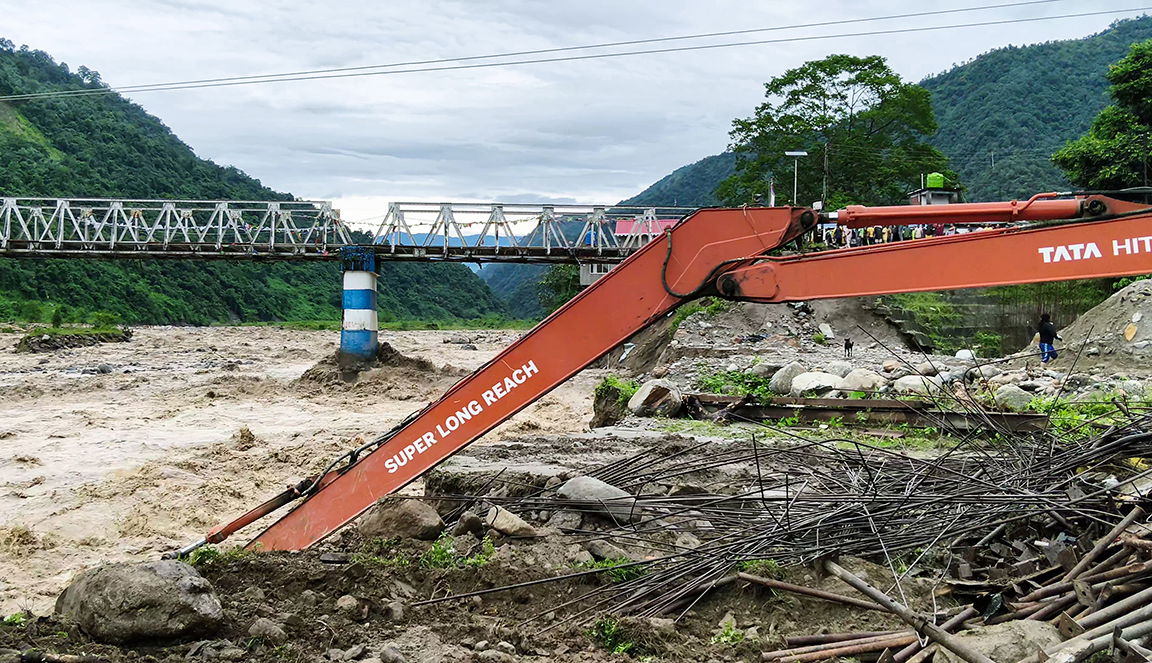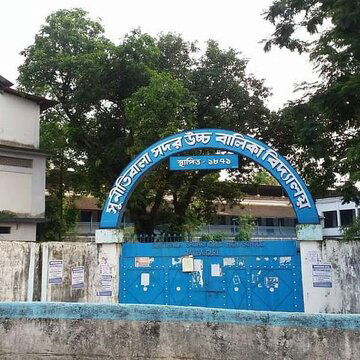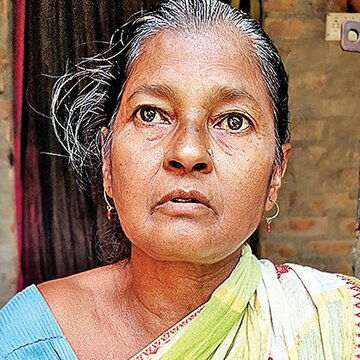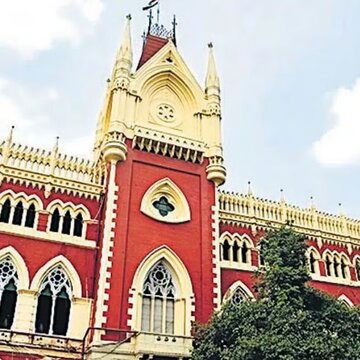On Sunday, West Bengal saw destructive rainfall, which damaged many areas of North Bengal, Jalpaiguri, Mirik, and Darjeeling affected the most. At least 23 people, including children, have lost their lives in one of the worst landslides to hit Darjeeling in a decade. "Total number of deaths reported so far is 23, spanning across Mirik, Darjeeling, and Jalpaiguri," PTI news agency quoted an NDRF official as saying.
West Bengal’s picture-perfect Darjeeling has now become a deathbed. Several homes and bridges had been destroyed, and a few roads were also washed away. Hundreds of tourists were left trapped as roads were blocked, communication networks collapsed, and some villages were completely shut off.
Reason for the heavy rainfall
North Bengal’s severe rain on Sunday was caused by a combination of meteorological and geological variables. An area of low pressure over the Bay of Bengal unexpectedly turned toward north Bihar, bringing moisture into the region. This, combined with cyclonic circulation over Bihar and the surrounding areas, increased the rain as departing monsoon winds drew the system closer to the region. The hills of Darjeeling enhanced the impact through orographic lifting, pulling wet air higher and resulting in torrential rain. Already saturated soil from previous rains restricted absorption capacity, resulting in flash floods and landslides. Rainfall from the Bhutan and Sikkim rivers intensified the problem, while Darjeeling itself received approximately 261 mm of rainfall in 24 hours, making the situation severe.
Darjeeling and Mirik are the worst hit
The National Disaster Response Force (NDRF) and local district administrations recorded 18 deaths in Darjeeling district alone, including 11 in Mirik, the worst-affected location, and seven more in subdivisions such as Jorebunglow, Sukia Pokhri, and Sadar Police Station. A separate operation in Nagrakata (Jalpaiguri district) found five bodies from debris.
'Alarming' situation
Earlier in the day, North Bengal Development Minister Udayan Guha described the situation as "alarming". The Gorkhaland Territorial Administration (GTA), which oversees the Darjeeling region, recorded landslides in 35 locations. "Landslides have been reported at 35 locations across the picturesque area, known as the 'Queen of the Hills,'" Anit Thapa, CEO of GTA, told PTI.
Worst landslide in 10 years
Officers are saying that it is the worst landslide since 2015. Key roads, such as the Mirik-Sukhiapokhri route, have been shut, and highways are buried in thick layers of mud. The landslide killed at least 40 people.
Nearly 700 tourists are trapped
According to the reports, nearly 700 tourists have been trapped in the North Bengal region, many of them are from Kolkata, Howrah, and Hooghly.
Road connectivity is badly damaged
The NDRF reported that road connections have been badly interrupted in Darjeeling and North Sikkim, with an iron bridge connecting Siliguri to the Mirik-Darjeeling route damaged and important highways cut off.
What Chief Minister Mamata Banerjee said
In response to the emerging situation, West Bengal Chief Minister Mamata Banerjee called an emergency meeting at the state office in Nabanna and stated that she will personally visit North Bengal on Monday, October 6, to inspect the damage. "The situation is grave. Due to Bhutan's constant rain, water has poured into North Bengal. This calamity is tragic; natural disasters are beyond our control," Chief Minister Mamata Banerjee pointed out, addressing TV9 Bangla. She stated that over 300 mm of rainfall was reported in just 12 hours, resulting in landslides and floods at at least seven locations.
Prime Minister Modi expresses grief
Prime Minister Narendra Modi expressed condolences over the tragedy and stated that the central government is actively monitoring the situation.
PM Narendra Modi wrote on X, "Deeply pained by the loss of lives due to a bridge mishap in Darjeeling. Condolences to those who have lost their loved ones. May the injured recover soon. The situation in Darjeeling and the surrounding areas is being closely monitored in the wake of heavy rains and landslides.”
IMD forecast
The India Meteorological Department (IMD) has issued an alert for extremely heavy rainfall in Sub-Himalayan West Bengal, including Darjeeling and Kalimpong, valid till October 6. A red alert continues in effect for Cooch Behar and Jalpaiguri, with an orange alert for the Darjeeling District. The IMD has also warned of more landslides and road closures due to soil moisture.
Mamata Banerjee will visit North Bengal today and will oversee the condition by her own.











